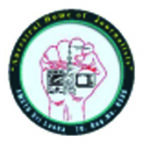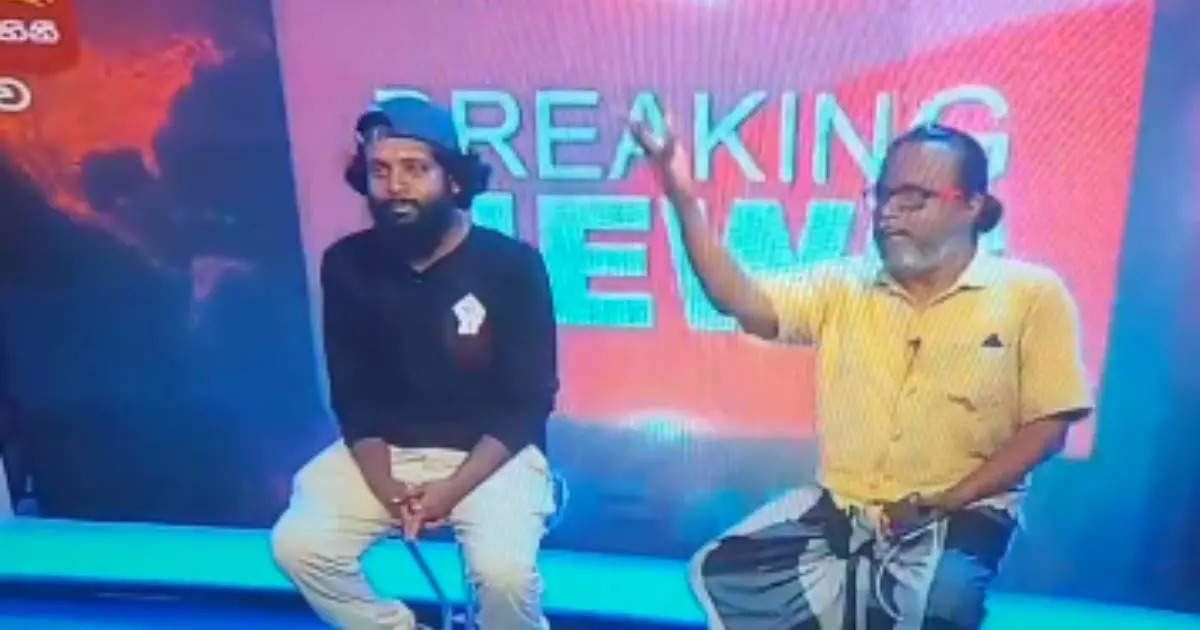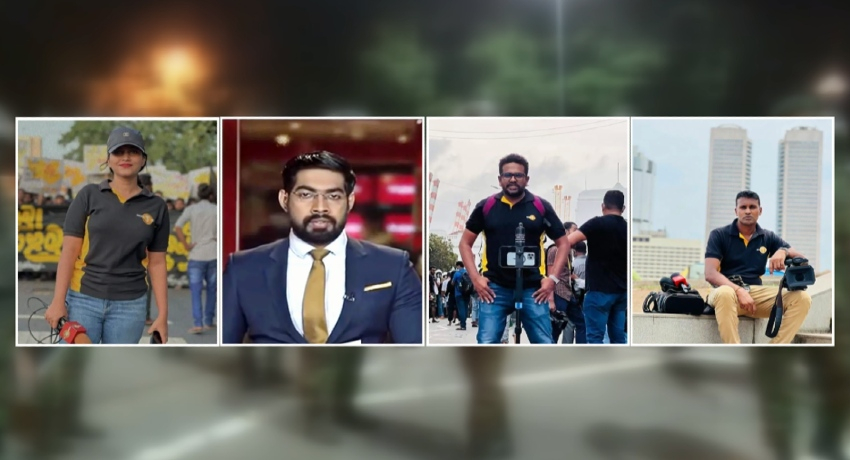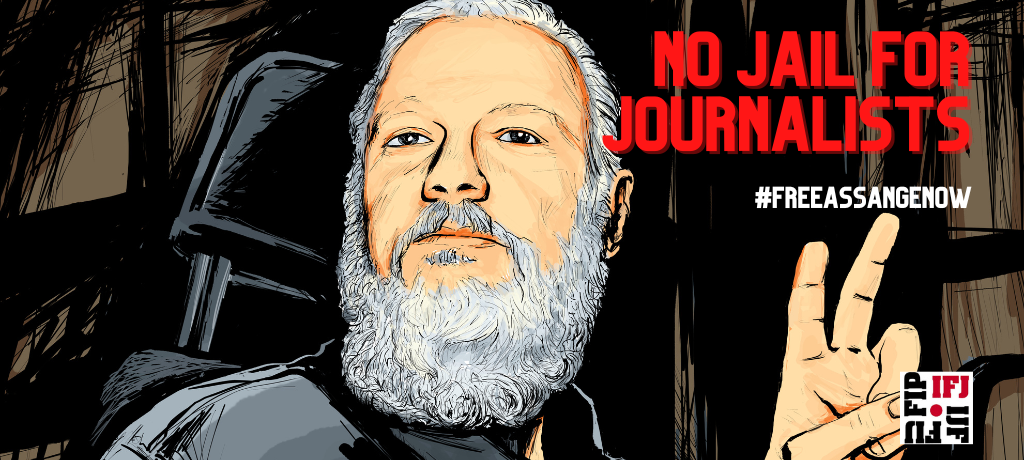Stop gender-based violence in the media

Violence and harassment against women journalists can occur everywhere: in newsrooms, in relation to their sources, at home, on the way home, online. Violence and harassment have devastating implications for the targeted journalist as her well-being, her work, her private life and eventually press freedom are affected.
To mark 25 November, The International day for the elimination of violence against women and girls, the IFJ is calling on all its unions to campaign for the full ratification by their government of ILO Convention 190. Read the testimonies of IFJ Gender Council members in Canada, Cyprus, Greece, Peru and Portugal on why ratification of the Convention is key for women journalists.
he International Labour Organization (ILO) passed on 10 June 2019 a new Convention – ILO C190 to end violence and harassment in the world of work, as well as a recommendation, 206.
We need this convention and its recommendation to be ratified by governments across the world.
Why? Because it can save journalists’ and citizens’ lives by outlawing harassment and violence in the world of work and turn workplaces into violence-free zones.
Journalism can be a dangerous profession. In order to cover breaking stories, journalists put themselves in contexts of war, conflict and natural disasters. In order to report on corruption, human rights abuses and political chicanery, journalists often incur the wrath of the most powerful in society.
Women journalists who find themselves in such situations are often the specific focus of violence. According to IFJ statistics, almost 65% of women media workers have experienced intimidation, threats or abuse in relation to their work. This is a threat to freedom of expression and media freedom.
Abuse can come from all directions: a senior-editor who uses his position to intimidate a young female journalist; a female reporter reporting outside being groped or receiving sexist comments or being physically assaulted by her interviewee or bystanders.
ILO C190 can bring about change. It changes female journalists’ lives by outlawing violence in the world of work and making it a health and safety issue media employers have to respond to.
Today, ask your government to ratify the convention and make a change in your newsroom.

Five things to know about ILO Convention 190 on harassment and violence in the world of work
- Once it’s ratified by your government it becomes legally binding
- It protects all media workers irrespective of their status (freelance, interns, part-time)
- It makes violence and harassment a health and safety issue. Media employers will need to include violence and harassment when managing occupational health and safety issues.
- It covers gender-based violence, including: sexual harassment, bullying,
stalking, online harassment and all other forms of violence. - It includes domestic violence because it can have a big impact on your mental health and performance at work.
Here’s what your union can do NOW:
Inform your members about violence and harassment in the workplace.
Include language on ending violence and harassment at work in collective bargaining agreements, using C190 and its recommendation R206 as a basis.
Work with media to make sure that health and safety policies include violence and harassment, and more specifically gender-based violence.
For more information, please contact IFJ on +32 2 235 22 16
The IFJ represents more than 600,000 journalists in 146 countries





























